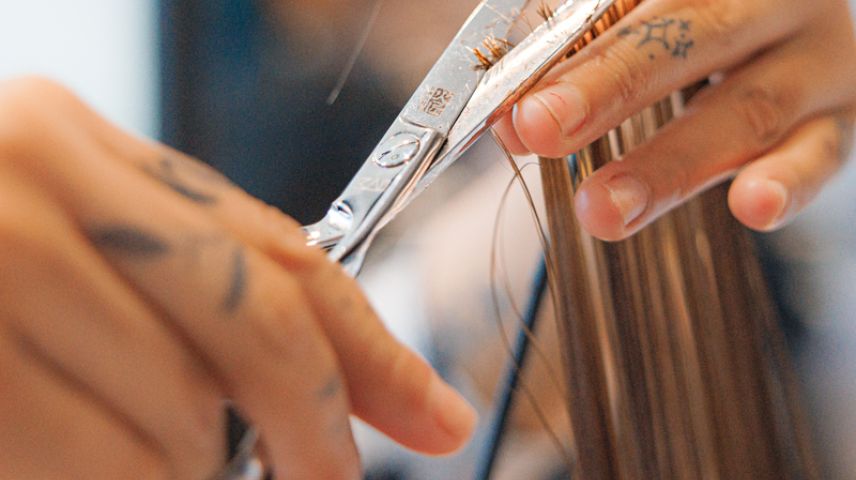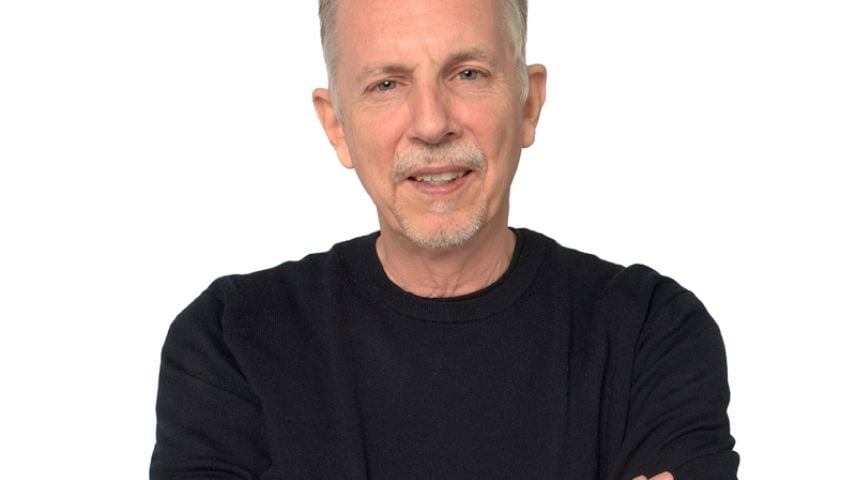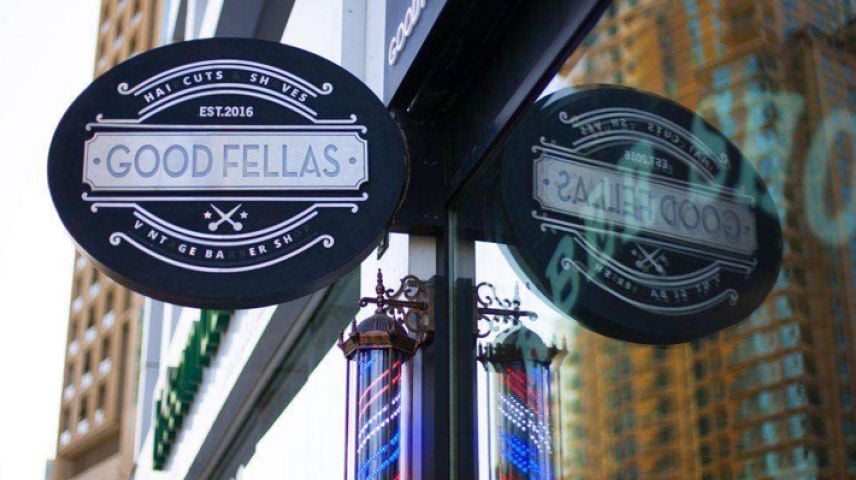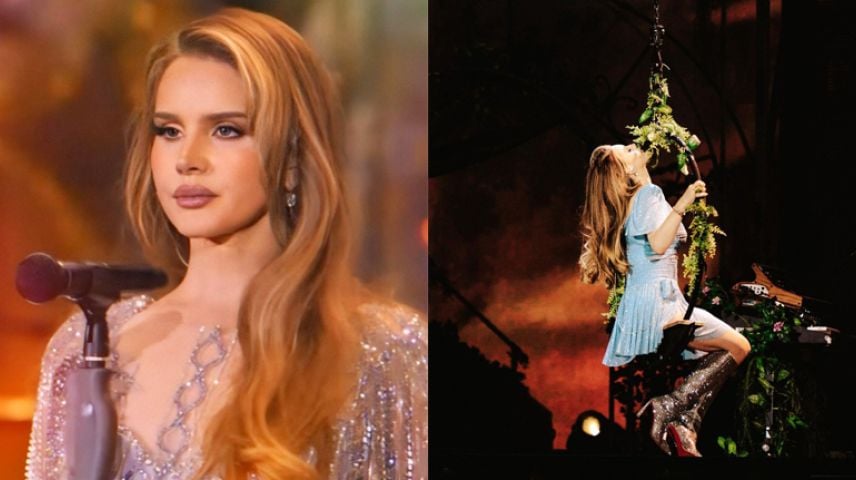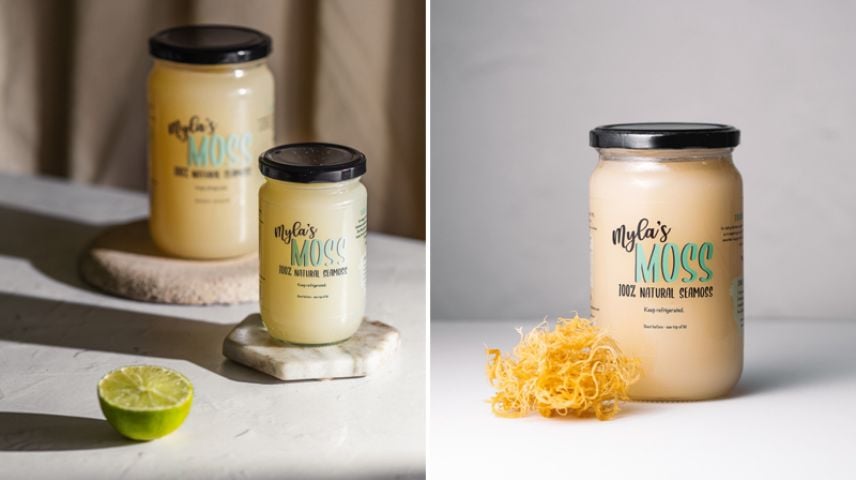TH1 Hair's Texture Trends
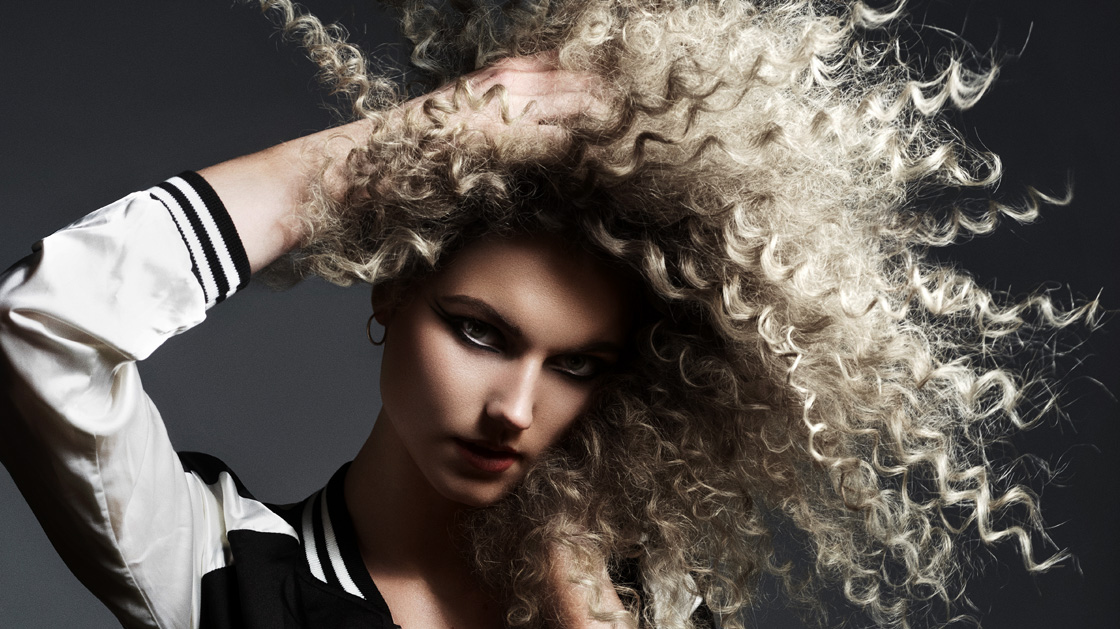
Texture is huge this season, and playing around with the different effects that can be formed when texture is mixed up is particularly on trend. See below for Thomas Hills', of Th1 Hair, Oxted, latest texture trends that you need to know!
Texture neutrality refers to the latest trend across high street salons to embrace an unbiased approach towards texture. Over the last decade there has been a common and perceptible texture-bias at salons across the UK, with most hair salons catering more towards clients that fall into the category of having naturally smooth, straight to wavy, Caucasian hair. This has meant that for years, clients with Afro-Caribbean hair, and hair that is very coarse, curly or unruly have generally faced a type of hair discrimination. This prejudice can range from indiscreet – such as sub-standard treatment by stylists who are inexperienced and untrained in cutting or styling their particular hair type – to more subtle, for example, the styles on most salons’ blow-dry menus aren’t suitable for coarse or curly hair types.
However we are now starting to see a positive lean towards salons taking a more modern and inclusive approach and becoming more texture-neutral in the services they offer and their approach to styling. All types of hair are increasingly being embraced, encouraged and celebrated, and the AW19 runways – awash with trends embracing every texture imaginable – is undoubtedly responsible for further encouraging this new and welcome attitude.
Curl Crush
Hazy, fluffy and fuzzy in texture, this trend is dominated by exaggerated baby hairs, cool-girl static and mussed-up roots. Leading the way and mastering the vibe perfectly was Alexa Chung’s AW19 show, where models’ styles were roughed up and fluffed up with balloons, for extra static energy. Over at Bora Aksu’s LFW show, hair was equally hazy, with crowns made to look ethereal with a halo of fuzz, as pictured in this image from my About a Girl collection. The key to keeping this trend looking finished rather than messy is to keep the style compact. Play around with textures and finishes between roots, mid-lengths and ends. Switch from dusty roots to glossy lengths – as I did in this image – and you’ll nail that sweet spot.
All The Feels
At Natasha Zinko’s LFW offering, it was less about creating texture from scratch and more about playing up what already exists – exaggerating the models’ own unique hair qualities and highlighting diversity in texture across the roster of models. Accentuating individuality and embracing the beauty inherent within all different hair textures is the key to nailing this trend, so when applying this trend to your own clients, work with what you see in the chair in front of you, using techniques that will draw attention to unique features within your client’s natural texture. There’s such contrast between the texture in these two very different looks from my Iconic collection, yet they both are perfect examples of highlighting the beauty within each model’s own unique hair structure.
Turn Up The Volume
There was a distinct chasm in attitudes towards volume this season, with some Fashion Week shows favouring flat roots over height, and others using periodic references to add volume and structure. Erdem’s show is a great example of the latter: there, hair had a sci-fi-meets-sixties’ vibe, piled high on the head in a cosmic looking beehive-style up-do. Sculpted and ‘done’ the hair straddled the line between futuristic and retro, creating an interesting effect. Volume was a key feature at Vivienne Westwood’s show too, where models’ hair was given an overtly volumised wind-blown texture. What made this look so modern and fresh is that rather than creating volume through the crown of the hair, volume was created to the sides, with the width of the hair emphasised instead of the height. I created a similar effect as part of my Hell Sexy collection, adding maximum volume out to the sides but keeping roots relatively flat and subtle.

